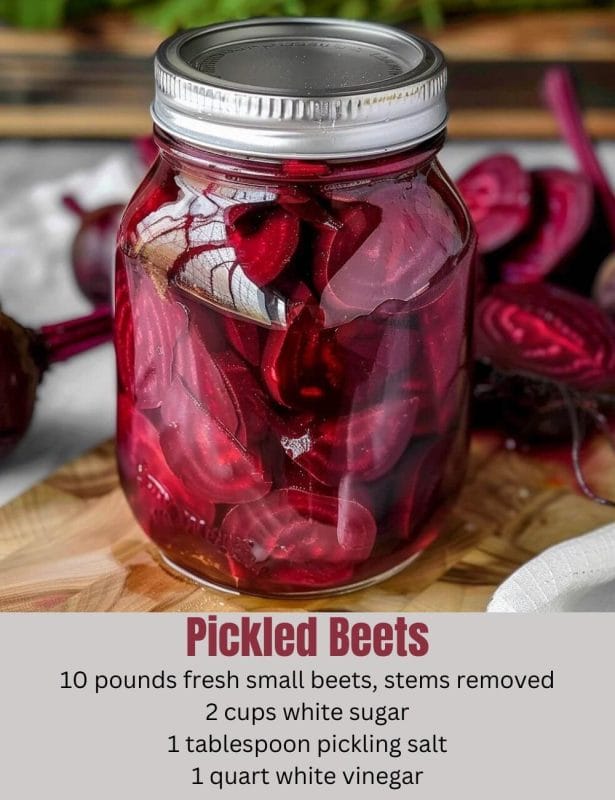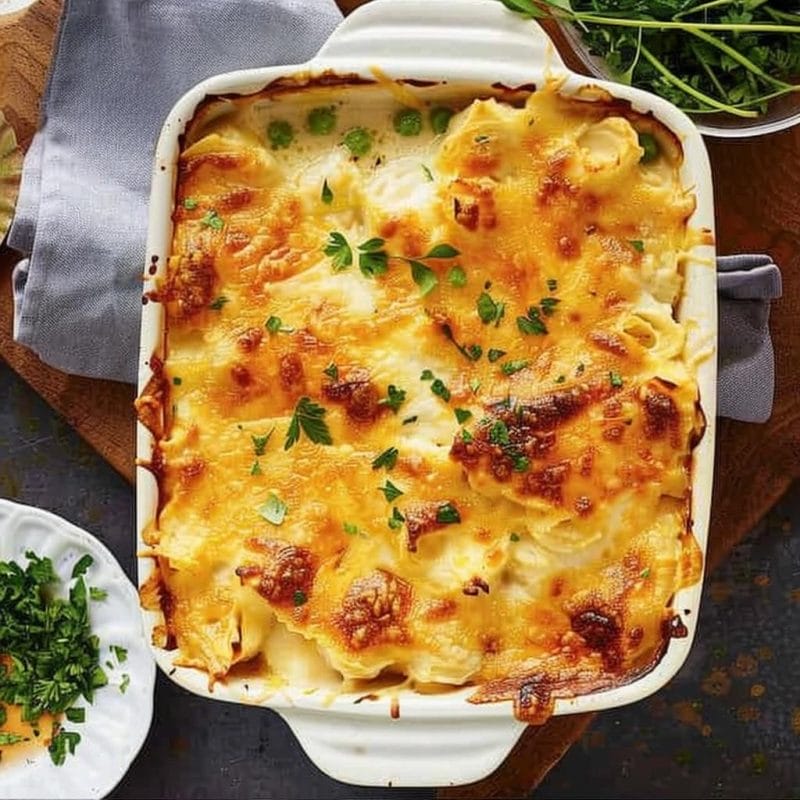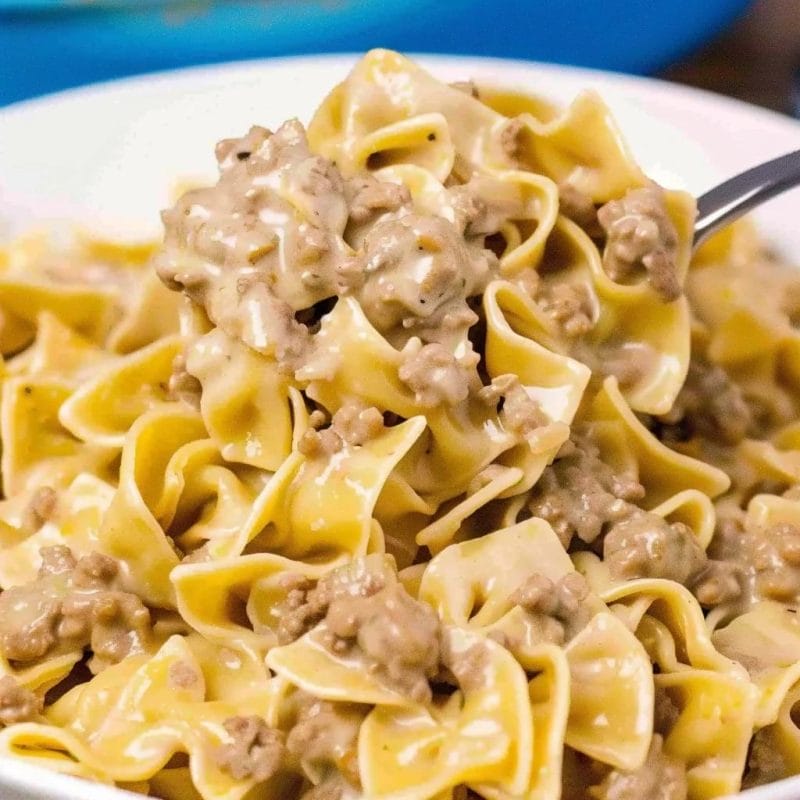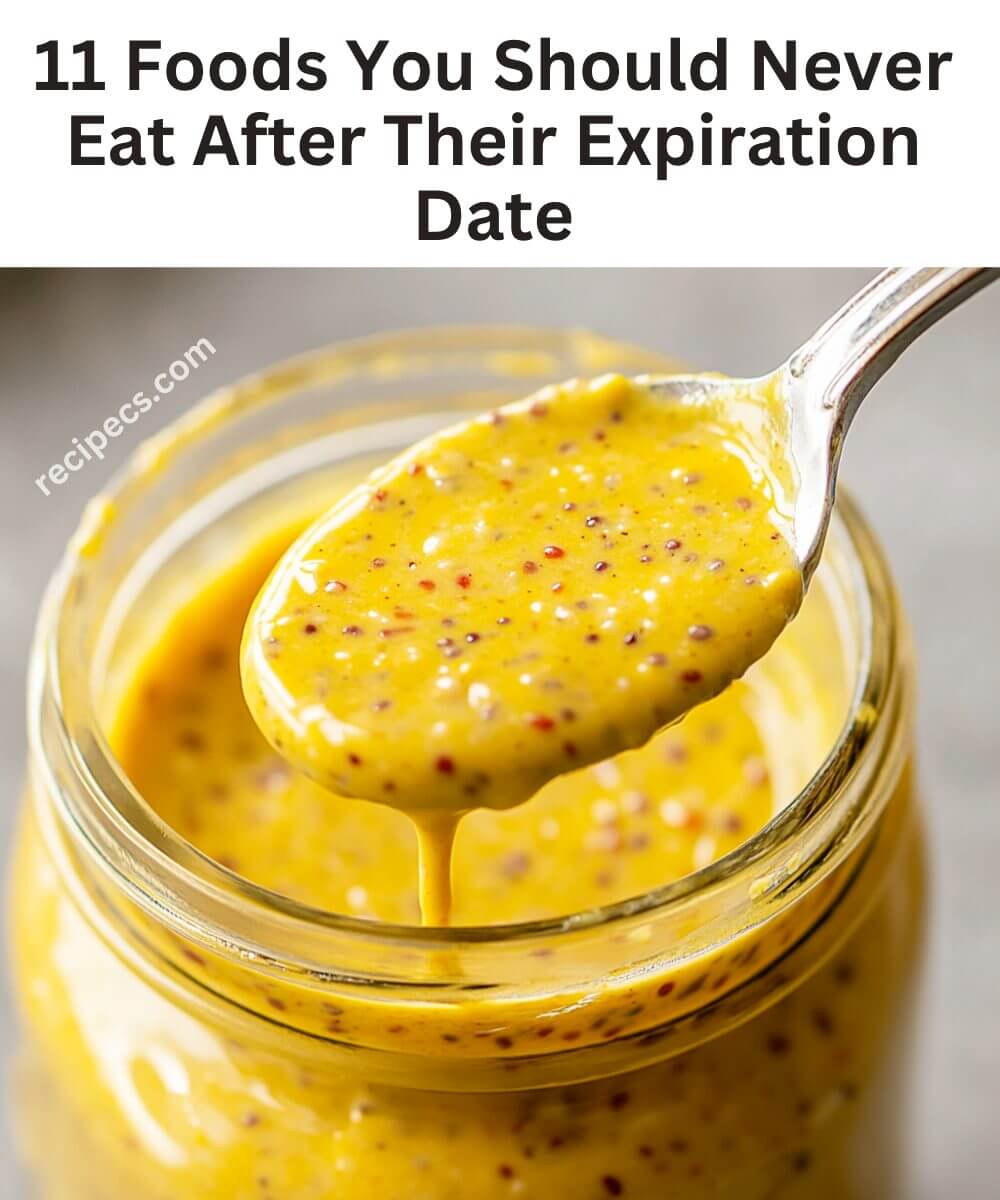Would you like to save this?
Pickled beets are a classic pantry staple that have been enjoyed for generations. Their vibrant color, tangy flavor, and health benefits make them a delightful addition to salads, sandwiches, or as a side dish. I remember helping my grandmother in the kitchen during late summer harvests, where we would spend afternoons preparing and canning jars of pickled beets. The process was a labor of love, and the rewards were jars of delicious, tangy beets that lasted through the winter. This recipe is a testament to those cherished memories and the joy of preserving seasonal produce.
Ingredients
10 pounds fresh small beets, stems removed
2 cups white sugar
1 tablespoon pickling salt
1 quart white vinegar
¼ cup whole cloves
Step-by-Step Instructions
Step 1: Preparing the Beets
Boil the Beets: Place the 10 pounds of beets in a large stockpot and cover with water. Bring to a boil and cook until tender, about 15 minutes, depending on the size of the beets. If the beets are large, cut them into quarters to ensure even cooking.
Drain and Reserve Beet Water: Once the beets are tender, drain them, reserving 2 cups of the beet water for the pickling brine. Allow the beets to cool slightly so they can be handled.
Peel the Beets: Once cool enough to handle, peel the beets. The skins should slide off easily after boiling. You can use a knife or your fingers to help remove the skins.
Step 2: Sterilize the Jars
Sterilize Jars and Lids: Sterilize the jars and lids by immersing them in boiling water for at least 10 minutes. This step is crucial to prevent contamination and ensure the pickled beets are safely preserved.
Prepare Jars with Cloves: Fill each sterilized jar with peeled beets, adding several whole cloves to each jar. The cloves will infuse the beets with a subtle spiced flavor.
Step 3: Make the Pickling Brine
Combine Brine Ingredients: In a large saucepan, combine 2 cups of white sugar, the reserved 2 cups of beet water, 1 quart of white vinegar, and 1 tablespoon of pickling salt. Stir to dissolve the sugar and salt.
Boil the Brine: Bring the mixture to a rapid boil over medium-high heat. Ensure the sugar and salt are completely dissolved, and the brine is well mixed.
Pour Hot Brine Over Beets: Carefully pour the hot brine over the beets in the jars, filling them to within 1/2 inch of the top. Make sure the beets are fully submerged in the brine.
Step 4: Process the Jars
Seal the Jars: Wipe the rims of the jars with a clean, damp cloth to remove any residue. Place the sterilized lids on the jars and screw on the bands until they are fingertip tight.
Prepare the Water Bath: Place a rack in the bottom of a large stockpot and fill halfway with water. Bring to a boil over high heat.
Process the Jars: Carefully lower the jars into the boiling water using a jar holder, leaving a 2-inch space between the jars. Add more boiling water if necessary, until the water level is at least 1 inch above the tops of the jars. Cover the pot and process the jars in boiling water for 10 minutes.
Cool and Store: After processing, remove the jars from the water and place them on a towel to cool. Once cooled, check the seals by pressing the center of each lid. If the lid does not pop back, the jar is sealed properly. Store the sealed jars in a cool, dark place for up to a year.
Variations and Substitutions
Spices: Experiment with adding different spices such as cinnamon sticks, allspice berries, or mustard seeds to the brine for varied flavors.
Sugar Alternatives: Use honey or maple syrup instead of white sugar for a different sweetness profile.
Vinegar Types: Substitute white vinegar with apple cider vinegar or red wine vinegar for a unique twist.
Herbs: Add fresh herbs like dill or thyme to the jars for an additional layer of flavor.
Conclusion
Pickled beets are a delightful way to preserve the bounty of the beet harvest and enjoy their vibrant flavor year-round. This recipe is appealing not only for its simplicity but also for the depth of flavor it offers. The combination of sweet, tangy, and spiced elements creates a versatile condiment that can enhance a variety of dishes. Whether you’re a seasoned canner or a beginner, making pickled beets is a rewarding process that connects you to the tradition of home preservation. Enjoy these pickled beets on salads, sandwiches, or straight from the jar for a burst of tangy goodness.







